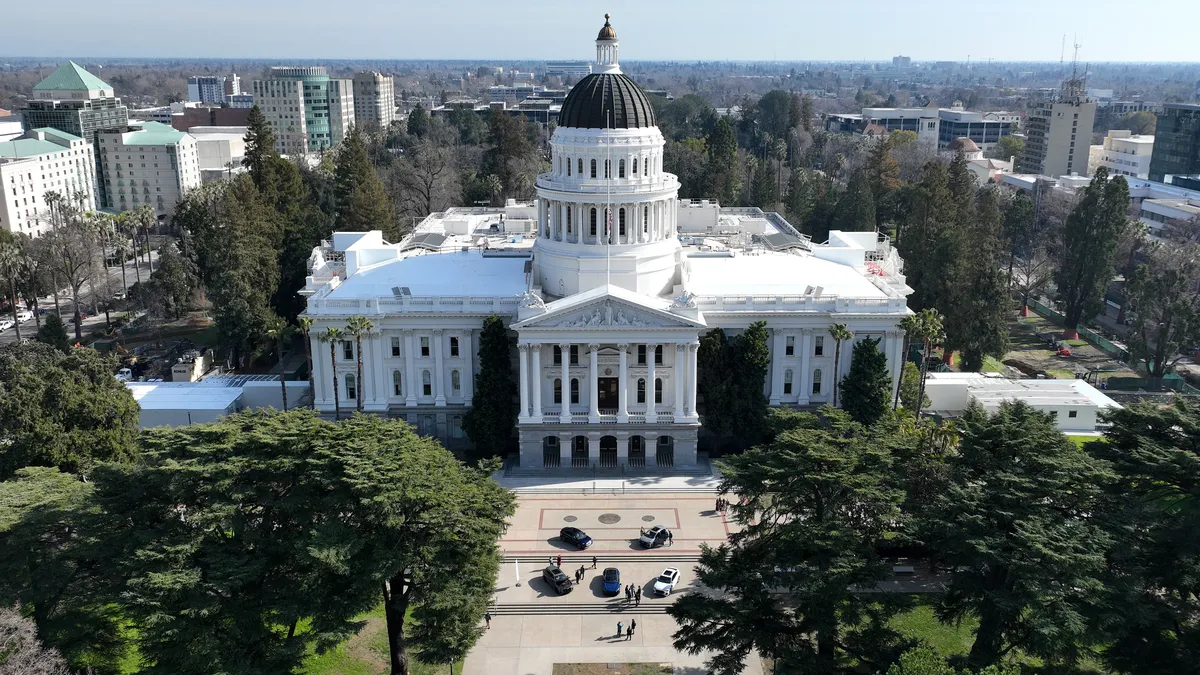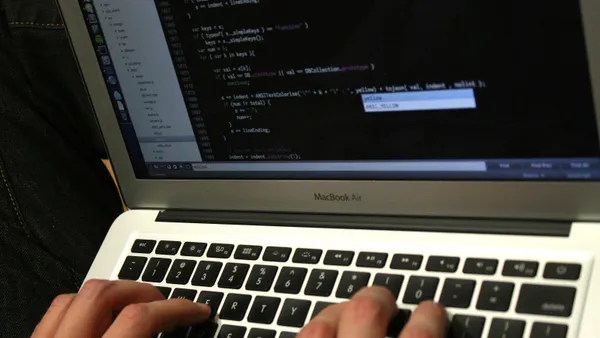In 2025, there has been no shortage of immigration news. President Donald Trump campaigned on immigration reform and is now seeing through renewed enforcement of immigration laws. For example, on Monday, the Trump administration announced the removal of Temporary Protected Status for Honduran and Nicaraguan immigrants — a measure affecting some 76,000 people.
Also on Monday, Border Patrol agents descended upon MacArthur Park in Los Angeles, California, amid protestors decrying U.S. Immigration and Customs Enforcement. Over the past few months, ICE has raided workplaces in Florida, Louisiana, Texas and Nebraska, among others.
What does this mean for the hiring landscape?
Wells Fargo economists noted in a June report that increased immigration “went a long way toward alleviating … historic labor shortfalls,” especially during and due to the COVID-19 pandemic. Foreign-born workers most recently accounted for 19% of the total U.S. labor force, compared to 11% in the 1990s.
“Across all groups, immigration has been a significant propeller of labor supply growth over the years,” Wells Fargo economists said. Since early 2020, immigrant workers have accounted for about three-quarters of all labor growth. The authors also noted that foreign-born workers are “more likely to be working or actively looking for work than their native-born counterparts.”
Yet the foreign-born workforce has declined by 150,000 between February and June 2025, compared to an increase of 186,000 during the same period of 2024, the report found.
“While inflows of foreign-born workers to the U.S. labor force are clearly on a downward trajectory, the extent to which outflows weigh on the foreign-born labor pool is less clear,” the authors wrote, noting that Trump’s average rate of deportations (737 people per day) is little different from former President Joe Biden’s average rate of deportations in his outgoing year (742 people per day).
Still, the report says, even if “deportations fail to materially ramp up, the near-stalling in immigrant inflows and slower native-born population growth will keep the potential pool of workers historically tight,” the authors said. “Thus, the hiring challenges that seemed like an anomaly following the pandemic and even in the late 2010s could increasingly feel like the norm.”











